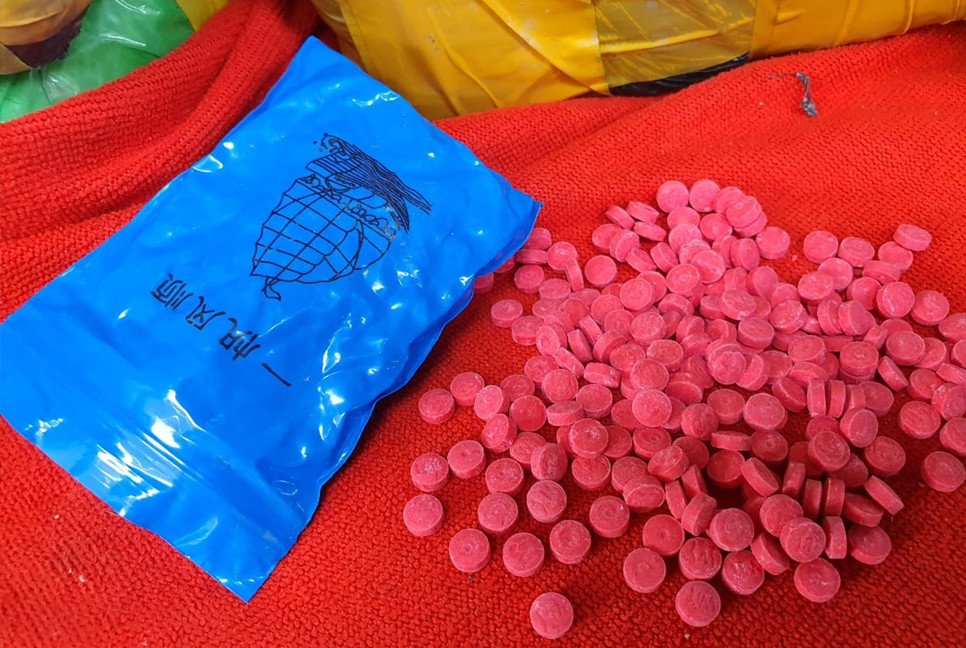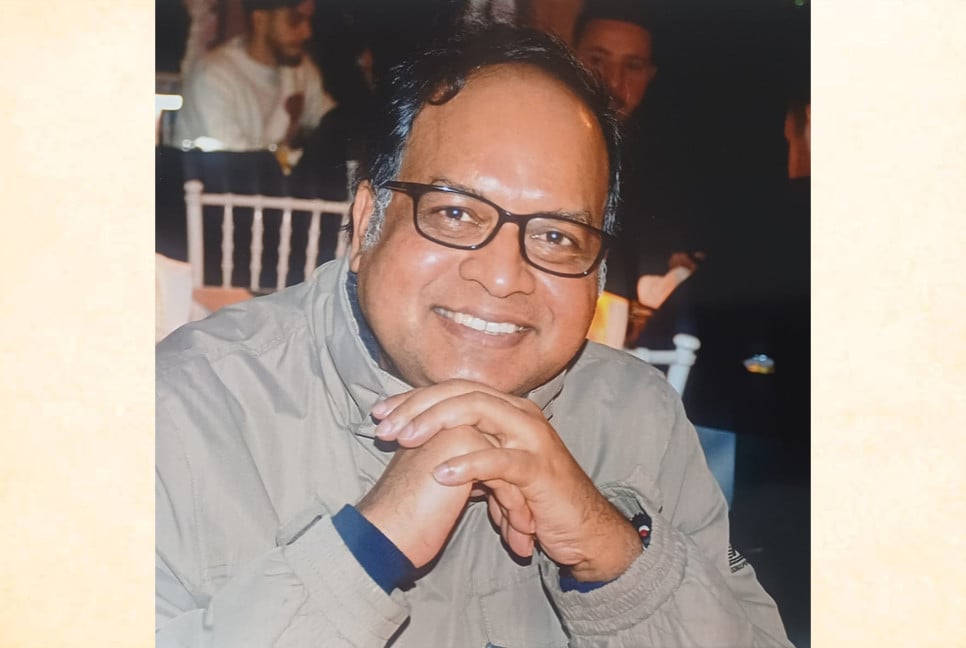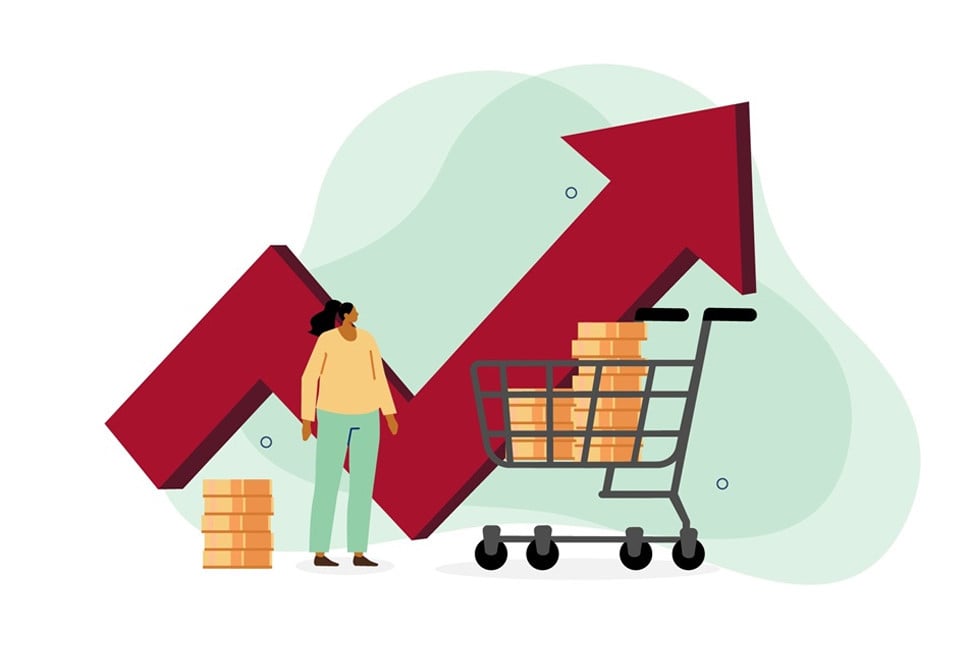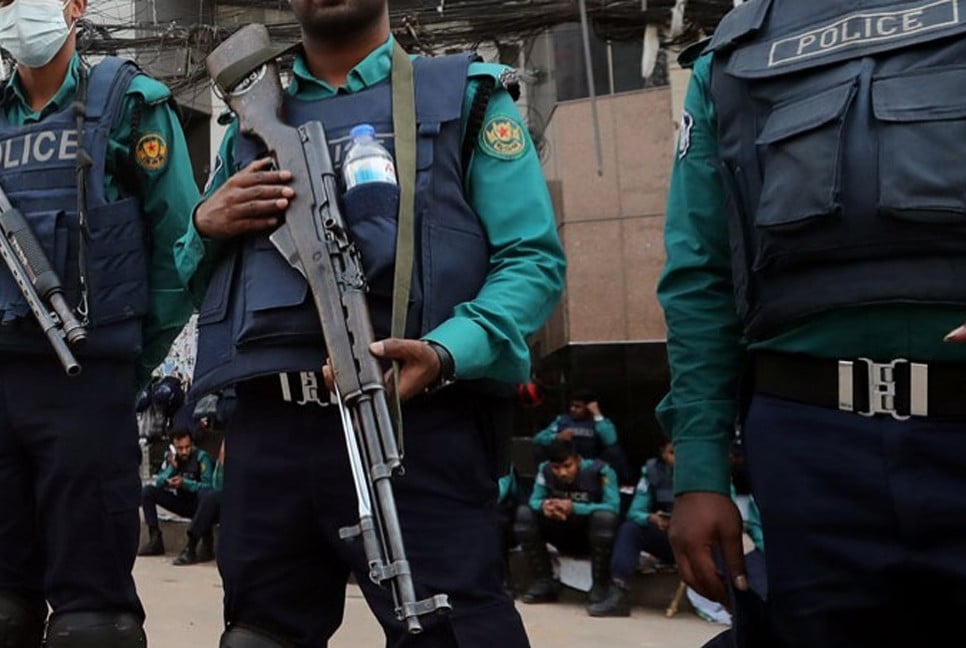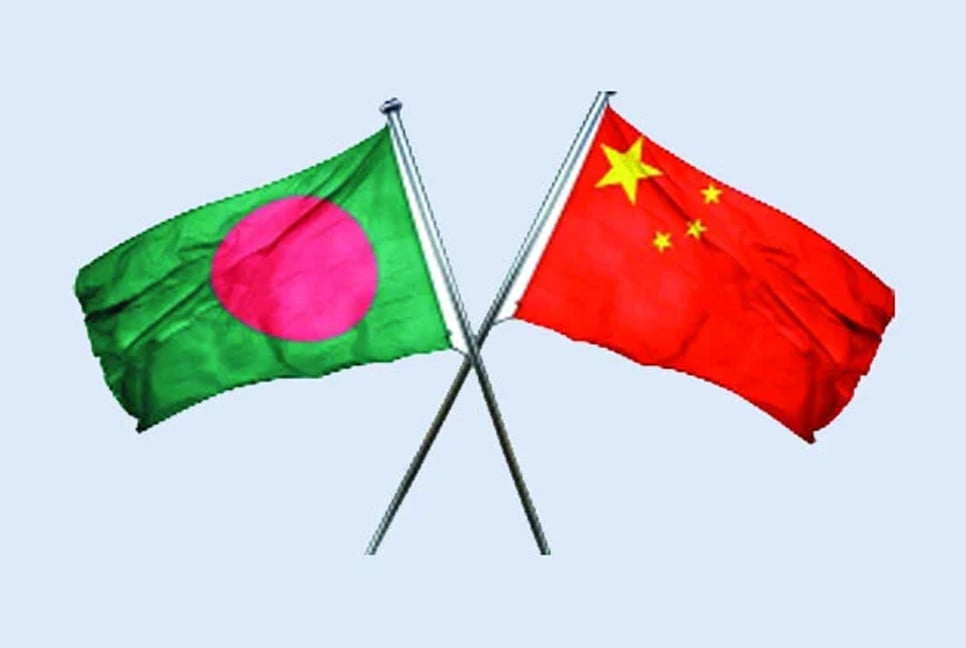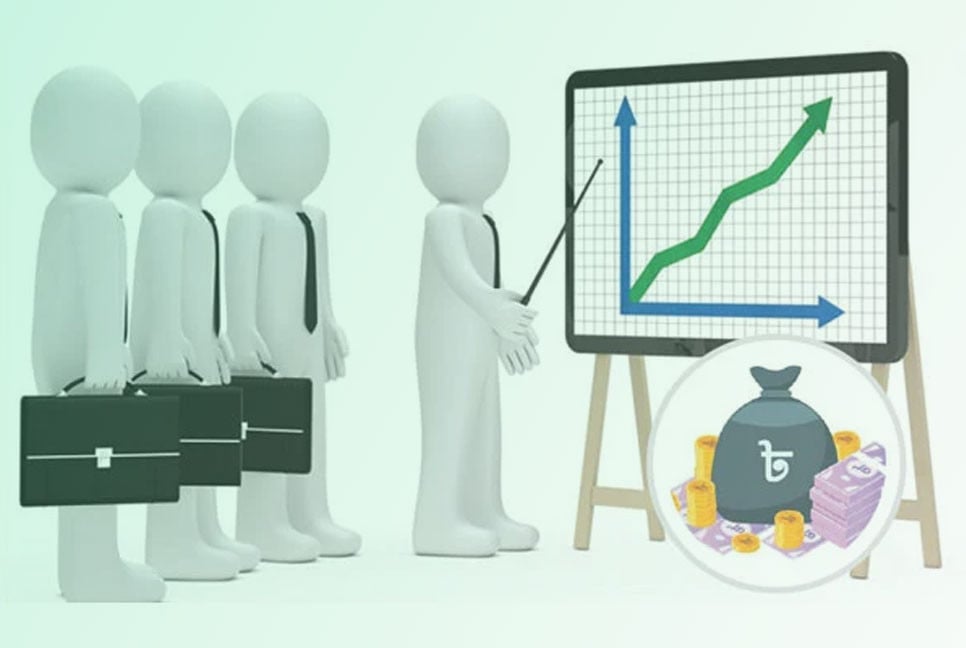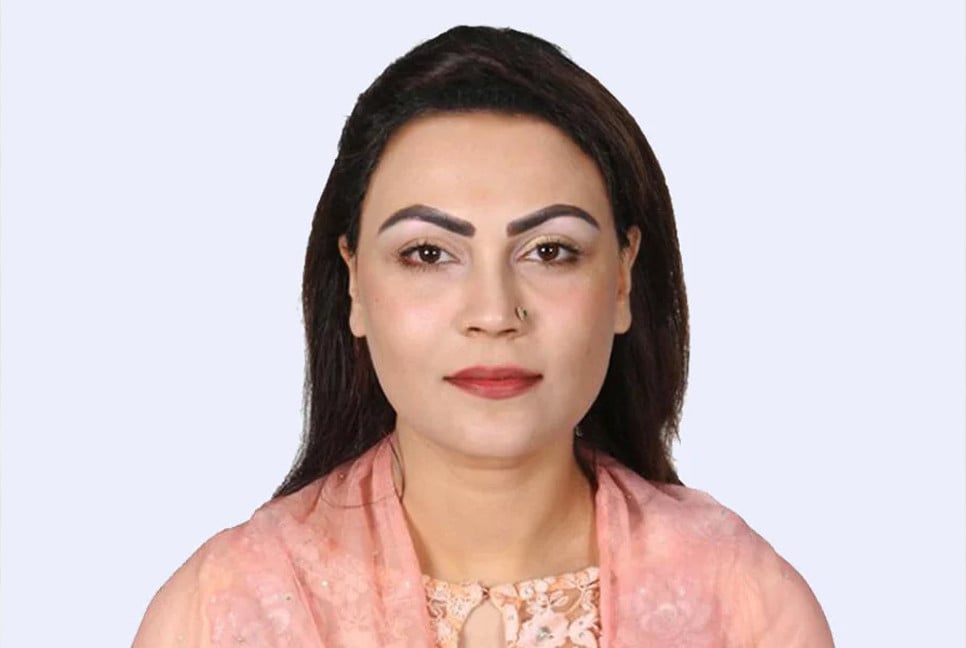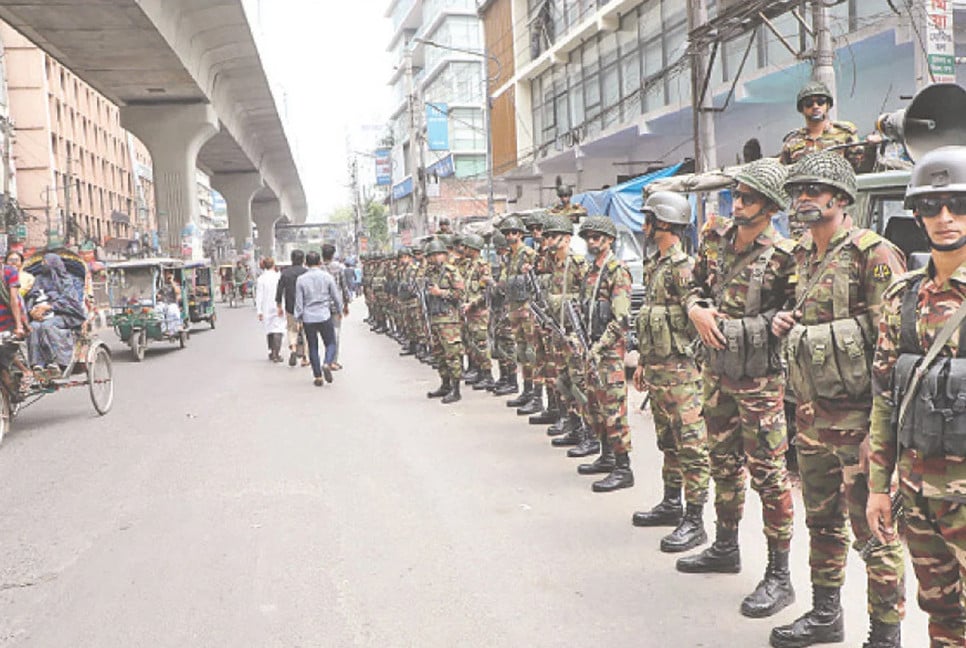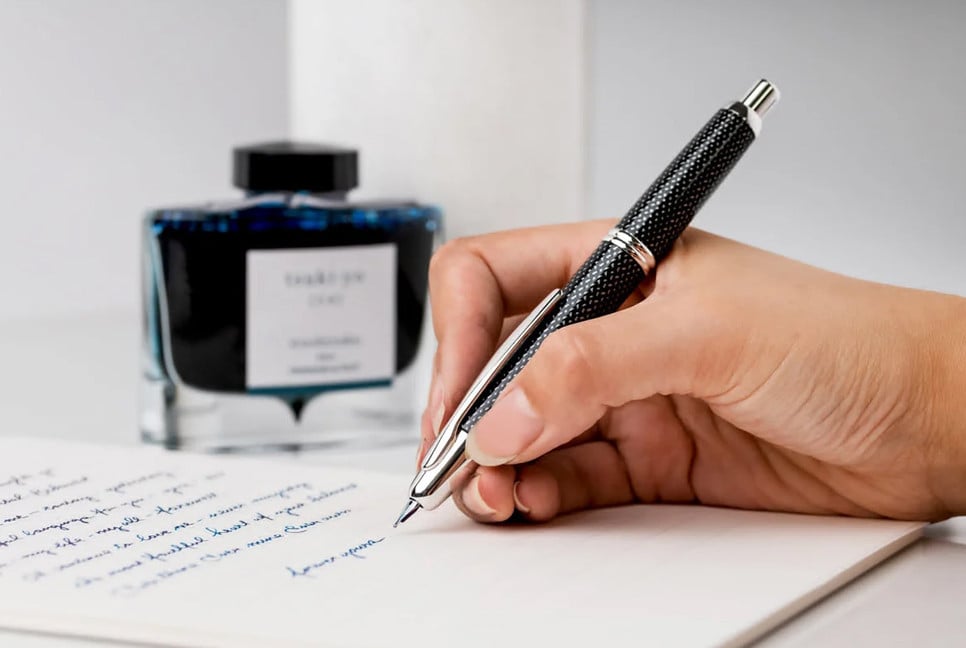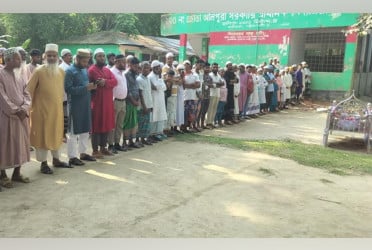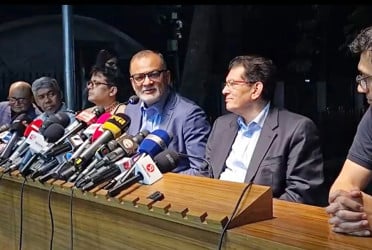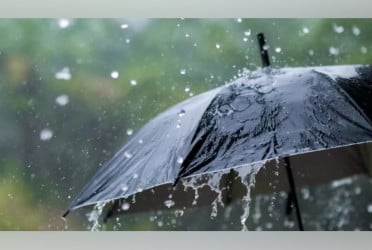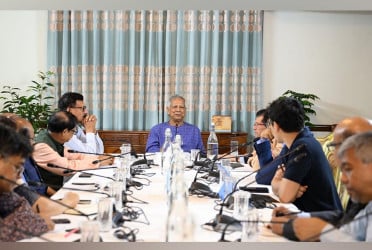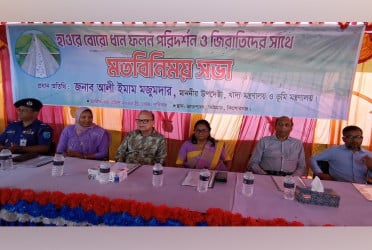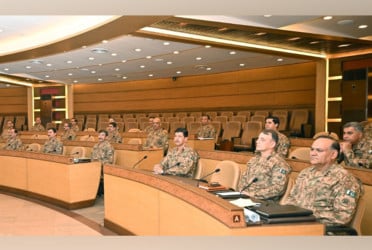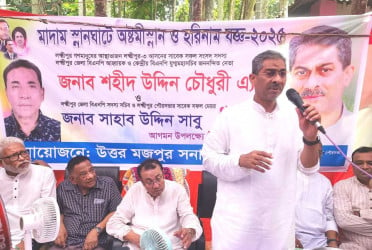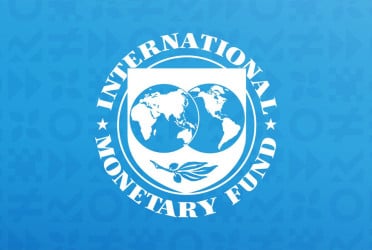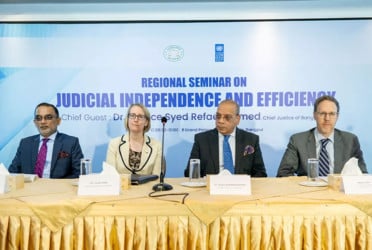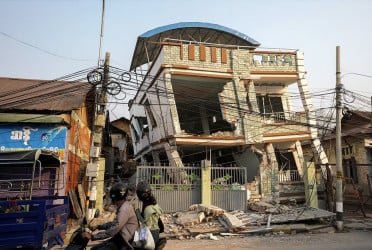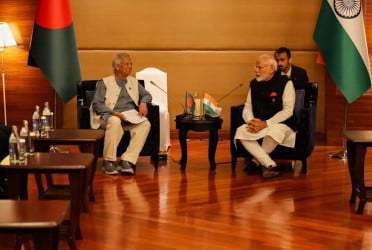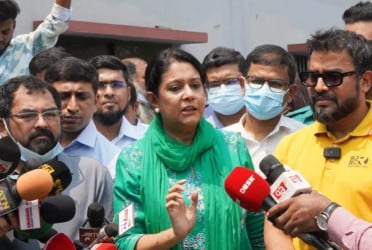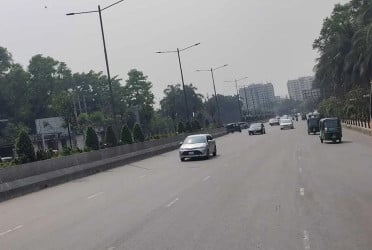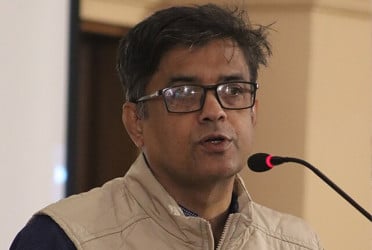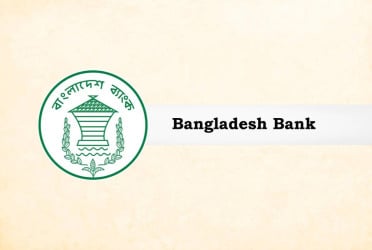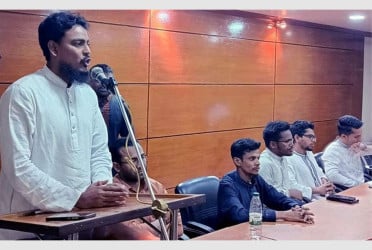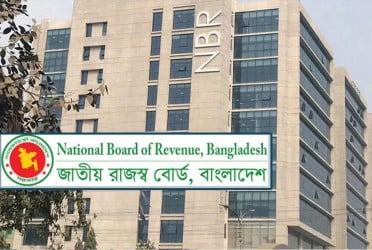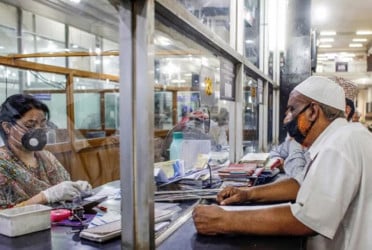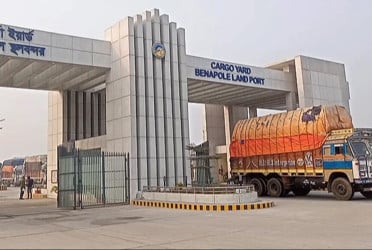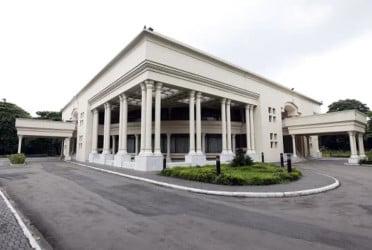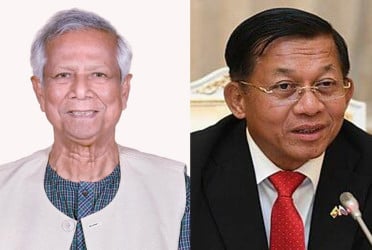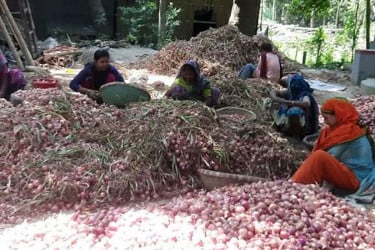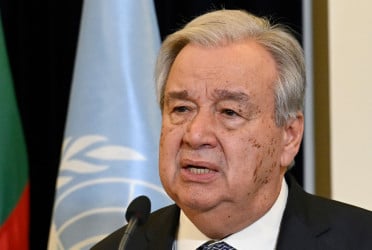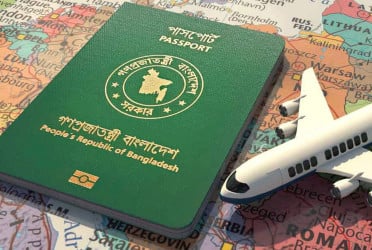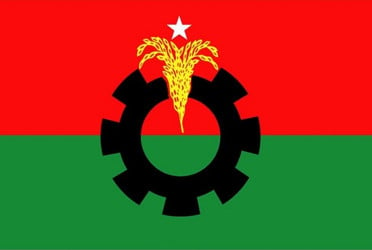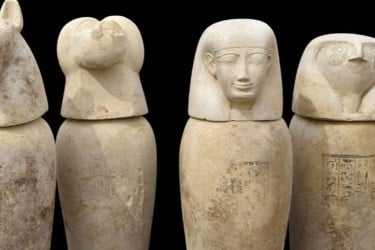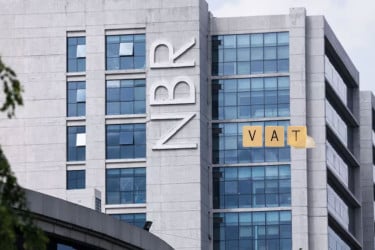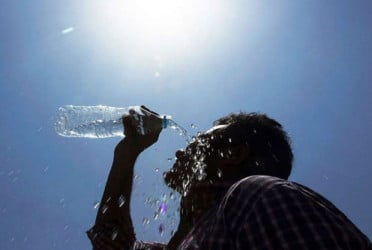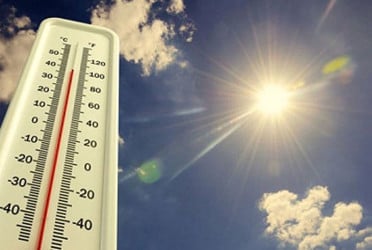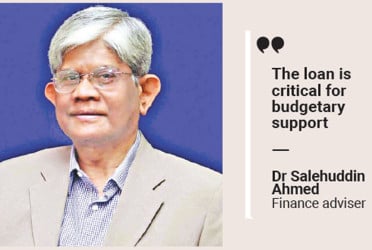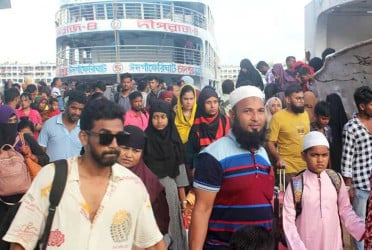Drugs are flowing into the country via land, sea, and air, primarily infiltrating from neighboring India and Myanmar. To date, 25 different types of drugs have been detected. The situation has become alarming, prompting the Directorate of Narcotics Control (DNC) to designate 32 districts along the Bangladesh border as high-risk areas for drug entry.
The report has identified 386 drug-related locations across 96 police stations in these 32 districts, spanning six divisions. The DNC notes that Bangladesh is situated at the heart of significant international drug trafficking routes known as the 'Golden Triangle' and 'Golden Crescent.' According to the United Nations Office on Drugs and Crime (UNODC), only 10 percent of the drugs entering Bangladesh are intercepted.
Experts estimate that there are over 10 million drug addicts in the country, despite the lack of official data. Each year, approximately 60,000 crore rupees are spent on drugs. Around 200,000 individuals are employed in the drug trade, including sponsors, dealers, couriers, and salespeople, and this number continues to rise annually. Due to drug-related activities, approximately 481 million US dollars, or about 5,147 crore taka, are smuggled out of Bangladesh each year. The increasing number of drug users can be attributed to factors such as curiosity, family issues, unemployment, romantic failures, peer pressure, negative influences from media, and depression. Drug addicts often become dependent on their families and communities and frequently engage in criminal activities.
It is reported that along Bangladesh's western border, drugs are entering from areas such as Hasnabad, Taki, Basirhat, Swarupnagar, Baduria, North Twenty-four Parganas, Bangaon, and Petrapol. Drugs are coming through 15 points in Satkhira, Jessore, Chuadanga, Meherpur, Rajshahi, Chapainawabganj, Joypurhat, and Dinajpur. Additionally, four entry points in Assam and Meghalaya facilitate drug entry into Kurigram, Sherpur, Mymensingh, and Netrakona. On the eastern border, drugs flow into Sylhet, Brahmanbaria, Comilla, and Feni from Assam, Tripura, and Mizoram. Naogaon sees drugs entering through 17 points from South Dinajpur in India. Bangladesh shares borders with India’s West Bengal to the northwest, Assam to the north, Meghalaya to the northeast, and Tripura and Mizoram to the east, as well as Myanmar to the southeast. There are 32 districts along these borders, with drugs entering through 386 identified spots. Approximately 88 percent of drugs originate from India, 8 percent from Myanmar, and 4 percent from other countries. Seventeen percent of the total drugs entering the country make their way to Dhaka and surrounding areas, while the remaining 83 percent spread throughout the nation. The active drug routes along the 271 km border with Myanmar pose significant challenges, with billions of yaba pills being smuggled in through Cox's Bazar and nearby regions. Most yaba is produced in Myanmar’s Shan and Kachin provinces along the Myanmar-China border, entering Bangladesh via 15 points including Sabaigon, Tumbru, and Mongdu in Teknaf, as well as areas like Saint Martin and Cox's Bazar Highway.
Lt. Col. Munim Ferdous, director of RAB's law and media wing, stated that no one involved in drug trafficking is being spared. DNC Director (Operations and Intelligence) Tanveer Mumtaz emphasized that they are cracking down on all drug dealers, with ongoing awareness campaigns and skilled personnel deployed at entry points. Police AIG (Media) Inamul Haque Sagar noted that drugs are a societal issue, and the police are committed to a zero-tolerance policy, urging collaboration from all sectors of society. Dr. Tauhidul Haque, a social welfare and crime expert at Dhaka University, pointed out that while arrests are being made of drug carriers and addicts, it is crucial to also target the sponsors and masterminds behind these operations.
(Translated by Mazdud)

